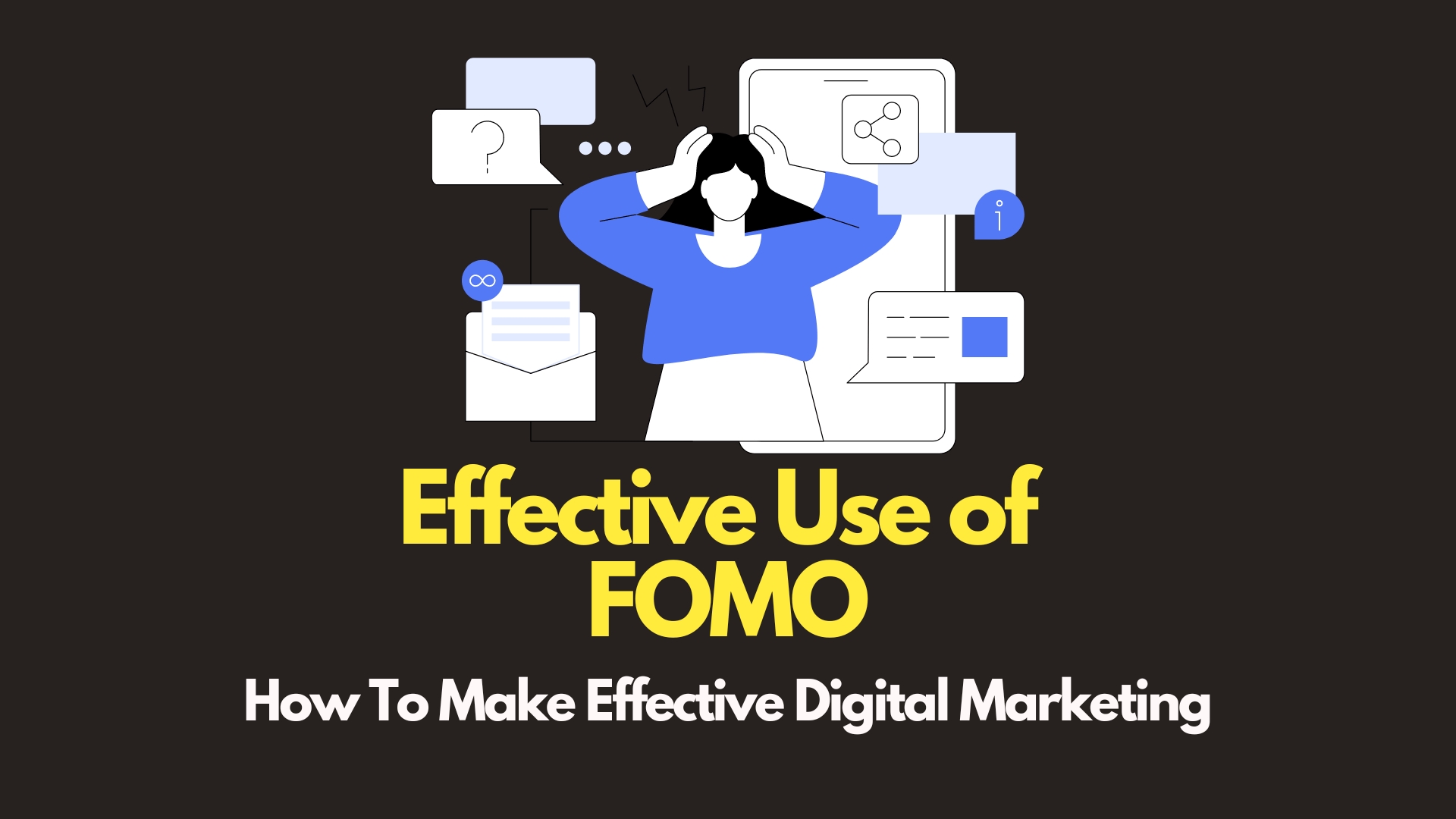Published
- 3 min read
Effective Use of FOMO in Online Marketing Campaigns

Key Takeaways
- Understanding the psychological impact of FOMO in marketing.
- Strategies to create urgency and exclusivity in marketing campaigns.
- Tips for using social proof and scarcity to enhance marketing efforts.
- How to measure the success of FOMO-based marketing strategies.
The ‘Fear of Missing Out’, commonly known as FOMO, is a powerful psychological trigger that marketers can leverage to drive consumer behavior. As humans, we have an innate desire to be part of experiences, and the thought of missing out can lead to a sense of anxiety and urgency. In the realm of marketing, FOMO can be a strategic tool to encourage consumers to take action, whether it’s making a purchase, attending an event, or engaging with a brand. In this article, we’ll explore effective strategies for leveraging FOMO in your marketing campaigns.
Create a Sense of Urgency
One of the most effective ways to leverage FOMO is by creating a sense of urgency. This can be done through limited-time offers or flash sales. By communicating that a product or service is only available for a short period, consumers are more likely to act quickly to avoid missing out. For instance, highlighting an upcoming sale with a countdown timer can prompt immediate action.
Utilize Scarcity
Scarcity is a close cousin to urgency and equally effective in triggering FOMO. When consumers believe that an item is in short supply, they are more likely to purchase for fear of it running out. Marketers can highlight the limited availability of products or the exclusive nature of an offer to tap into this psychological trigger. For example, announcing that there are only a few items left in stock can motivate consumers to buy before it’s too late.
Showcase Social Proof
Social proof is a powerful endorsement and can significantly amplify FOMO. When consumers see others enjoying a product or service, they are more likely to want to experience it themselves. Marketers can use testimonials, user reviews, and social media shares to show the popularity of an offer. For instance, displaying the number of people who have already purchased can encourage others to follow suit.
Emphasize Exclusivity
Exclusivity can make an offer more desirable by making it feel special or unique. Marketers can create exclusive membership clubs or offer special perks to a select group of customers. This not only triggers FOMO but also helps in building customer loyalty. For example, offering early access to sales or products to VIP members can make them feel valued and more likely to engage.
Incorporate Social Media
Social media is a hotbed for FOMO. Marketers can use platforms like Instagram and Facebook to showcase their products and services in action, creating a narrative that others are enjoying what could be missed out on. Live events, stories, and posts about limited-time offers can be particularly effective on these platforms.
Measure and Optimize
To ensure the effectiveness of FOMO marketing strategies, it’s crucial to measure their impact. Marketers can track metrics such as conversion rates, engagement levels, and sales numbers. This data can then be used to optimize future campaigns for even better results.
Conclusion
Leveraging FOMO in marketing requires a delicate balance between creating urgency and maintaining customer trust. When done correctly, it can lead to increased engagement, higher sales, and a more dynamic brand presence. By implementing the strategies outlined above, marketers can tap into the power of FOMO and drive consumer action in a competitive digital landscape.
Explore our Marketing Insights for more strategies and tips on creating impactful marketing campaigns that resonate with consumers.